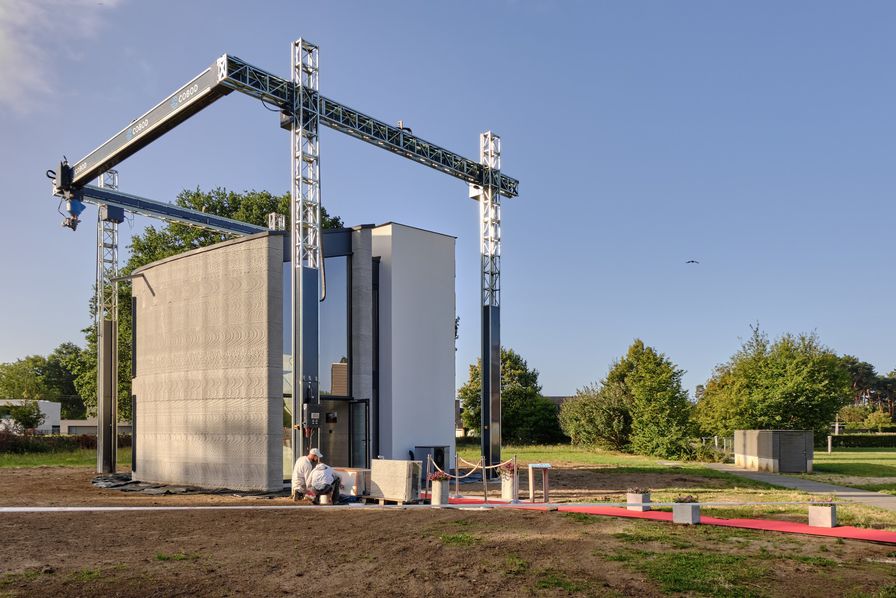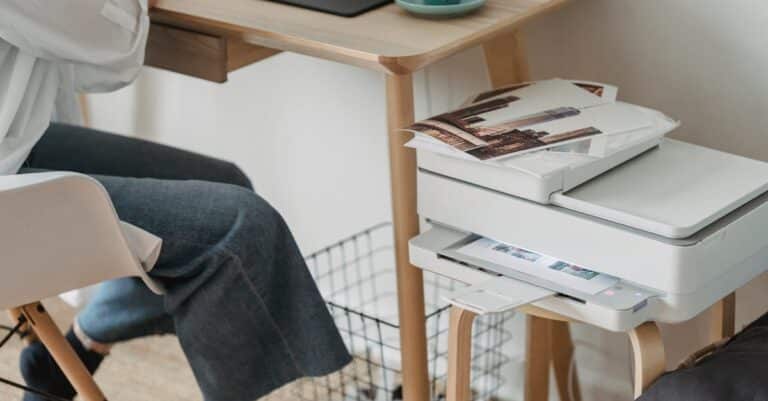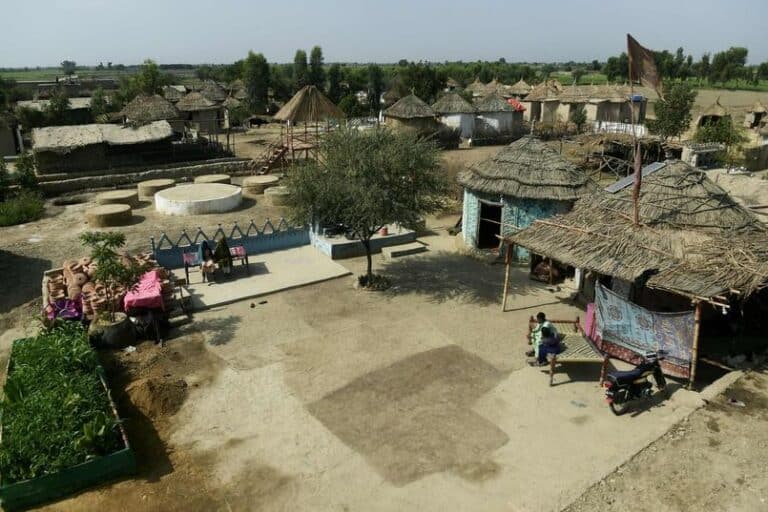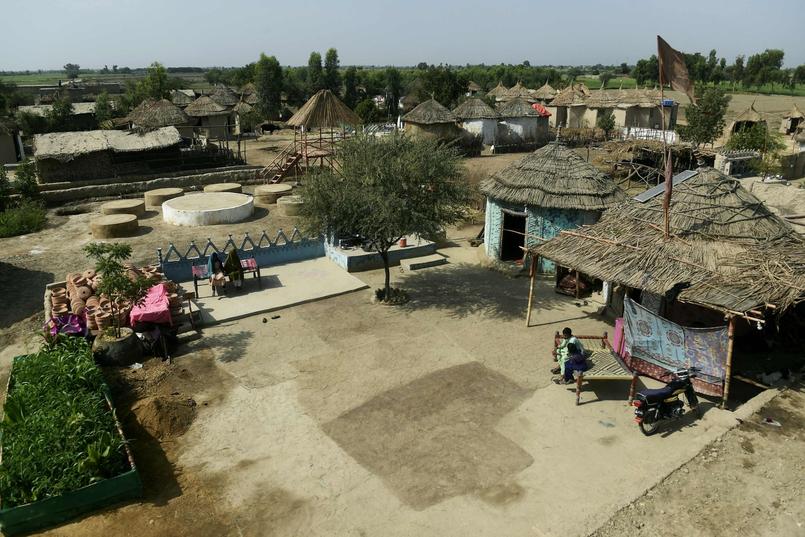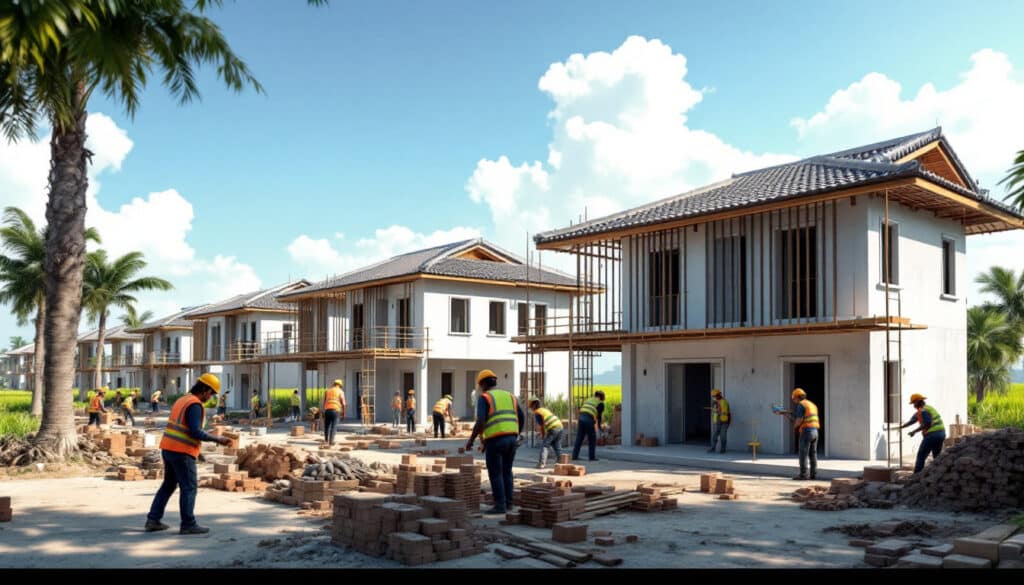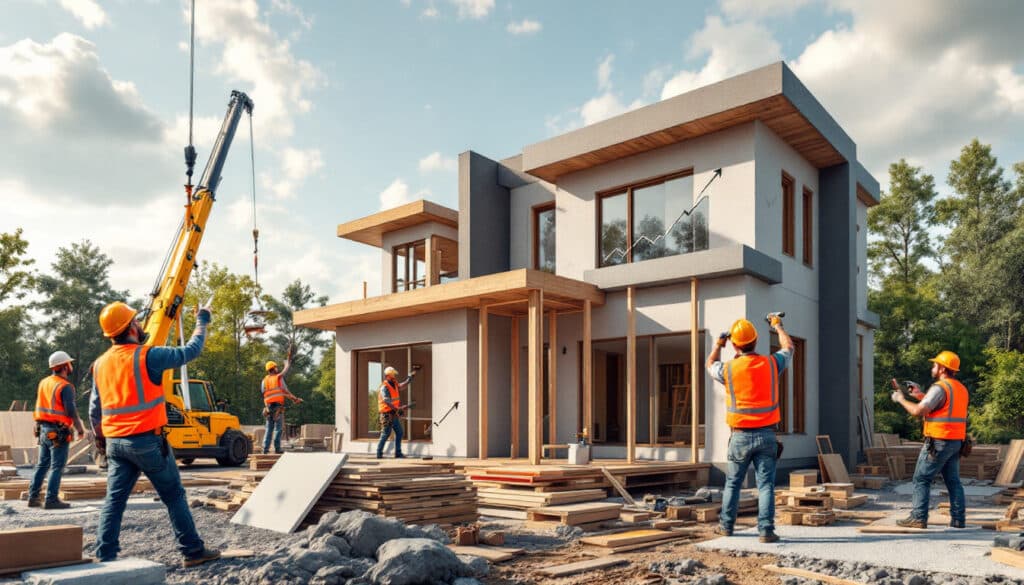Philippe Block, an expert in innovation in the construction sector, emphasizes the massive impact of 3D printers on the field. According to him, this technology allows for the creation of infrastructure in a more efficient and environmentally friendly way, while reducing costs and production times. By using Additive Manufacturing, Block highlights the possibility of designing complex structures, thus optimizing the use of materials while offering new architectural forms. This approach could significantly contribute to sustainability and innovation in the construction sector, thereby redefining traditional methods of execution.
Table of Contents
TogglePhilippe Block: A visionary of 3D printing in construction
Philippe Block, an expert in structural engineering and a professor at the École Polytechnique Fédérale de Lausanne, believes that 3D printers are transforming the way we design and build our habitats. By integrating this innovative technology, we are moving towards more sustainable and efficient processes. According to him, 3D printing optimizes the use of materials while offering unprecedented design flexibility. Architects can now create more complex structures while minimizing waste, which represents an important step toward a more environmentally responsible future.
Philippe explains that in the traditional construction process, a lot of material is wasted. Thanks to 3D printing, a more precise and customized approach reduces this loss. Production costs can also decrease, making projects more accessible. Furthermore, this technology opens the door to bold architectural forms that not only beautify our cities but also improve the functionality of spaces. In summary, Block sees 3D printing as an essential tool for reinventing architecture, going well beyond simple foundations and built walls.

Philippe Block is a key figure in the field of architecture and engineering, recognized for his pioneering role in integrating additive manufacturing into the construction sector. As a professor at the École Polytechnique Fédérale de Lausanne (EPFL), he has dedicated himself to exploring emerging technologies that are transforming the built environment. Fascinated by the potential of 3D printers, Block has successfully combined innovation and sustainability to envision a future where buildings are not only functional but also environmentally friendly.
At the start of his academic career, Philippe Block became interested in the challenges facing the construction industry, particularly the inefficiency of traditional production methods and the often-overlooked environmental costs. His passion for sustainable architecture has led him to study methods to reduce raw materials and optimize resources, a crucial issue at a time when the impact of construction on the ecosystem is closely scrutinized.
His work has led to numerous innovative research projects, culminating in the design of structures redesigned by 3D printing. This has allowed him to explore how this technology can facilitate the creation of complex architectural elements, reducing material waste and decreasing the carbon footprint of constructions. A remarkable aspect of Block’s work is his ability to integrate digital simulation and 3D printing to test architectural structure concepts onsite before their realization.
One of his hallmark achievements is the integration of 3D concrete in the creation of buildings and infrastructure. By collaborating with various industry players, he has advanced the technology that allows for direct printing of construction components, such as walls or facade elements. This technique has proven that it is possible to achieve bold architectural forms while maintaining competitive cost levels. Philippe Block advocates not only for the adoption of this technology but also for a revolution in the design culture within the construction industry.
In addition to his research, Block actively participates in international conferences and regularly publishes articles on the subject, thereby contributing to a collective awareness of the benefits offered by 3D printing in sustainable construction. He is also the co-founder of several startups dedicated to implementing these technologies on the ground, facilitating the transition from idea to execution.
Through his passionate engagement and forward-thinking vision, Philippe Block represents a new generation of architects and engineers who see 3D printers not just as a creation tool, but as a solution capable of redefining the future urban landscape. His impact is essential to encourage industry players to consider innovation rather than conservatism, thus laying the groundwork for smart construction that addresses today’s and tomorrow’s environmental challenges.
FAQ on 3D printers and the future of construction
Q : What are the advantages of 3D printers in construction?
A : 3D printers allow for the creation of custom structures, offering impressive architectural flexibility and reducing production costs for complex parts.
Q : How does 3D printing help reduce the environmental impact in the construction sector?
A : This technology allows for material savings, using less concrete, for example, which can meet current sustainability goals and environmental challenges.
Q : What is the main technique used in 3D printing for construction?
A : 3D printing in construction primarily relies on additive deposition techniques, where materials like concrete or specific mortars are applied layer by layer.
Q : Are there concrete examples of the use of 3D printing in construction?
A : Yes, projects such as “Yhnova” and “La Sphère” demonstrate the application of 3D printing in the construction of social housing and reception infrastructures.
Q : What is the future of 3D printing in the construction field according to experts?
A : The future could focus on constructive elements rather than entire buildings, thereby improving the shape and functionality of structures while meeting specific market demands.
Q : What are the current limitations of 3D printing in construction?
A : 3D printing is not yet the ideal solution for simple and inexpensive constructions, as other industrialization methods may prove to be more effective in these cases.
Q : How could 3D printing transform public works?
A : It could reduce the intervention time needed for urgent projects, such as replacing infrastructure, thereby minimizing disruptions to traffic.

